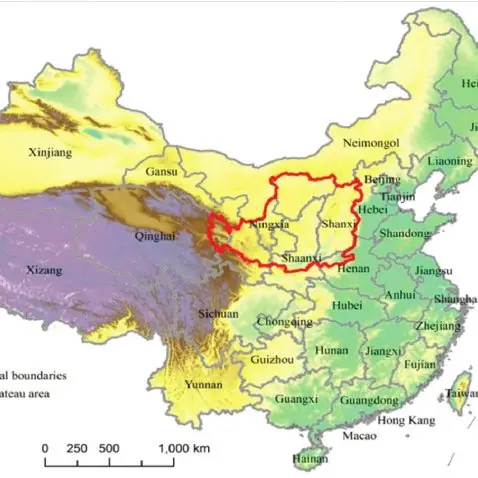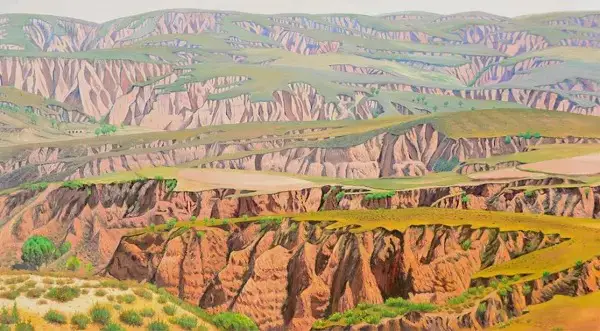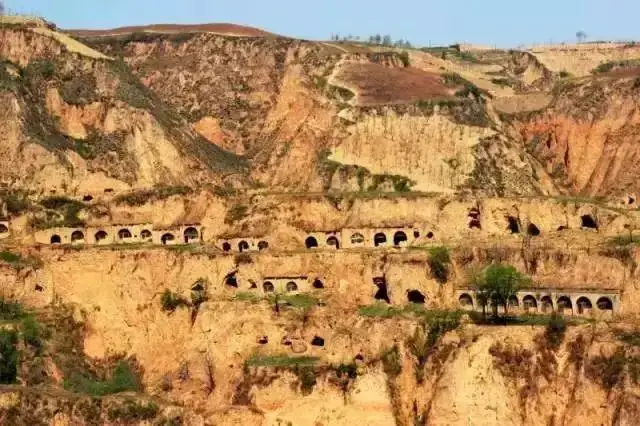The Loess plateau is called home by millions of people in China. The name behind this plateau is the powdery dry soil known as loess. This is silk-like sediment that is formed by the build-up of dust. The loess plateau has the largest deposit of loess in the globe. It averages about 1200 meters in elevation and covers 154,000 sq. miles. Here is more!
Where is the loess plateau located?

The loess plateau is a geographic feature that is located in China in the northwest of a desert called the Gobi. This plateau extends between the deserts of the west and the North plain of eastern China.
It is demarcated by the Qin Mountains and the Great Wall. The loess plateau includes different parts of the Chinese provinces of Shanxi, Shaanxi, and Gansu. The region is so big that it is almost the size of a country like France.
Loess plateau history
The Loess plateau has existed for thousands of years. About 3000 years ago, numerous farmers settled on the plateau. In the Neogene period, the tectonic movement shaped the depositional setting of this plateau.
After this, the East Asian Monsoon caused strong winds to transport sentiment to the Loess plateau in the Quaternary period. By the 7th century, the plateau had rich soils that improved the livelihood of the Chinese population. Things, however, changed over time since, by the 20th century, there was desertification that caused poverty to most people that had settled on the plateau.
Loess plateau yellow river

Though loess is distributed in different areas of the northern part of China, most of it is concentrated along the Yellow River. The loess in this plateau eroded into streams and rivers, giving the yellow river its color. The yellow river is popularly known as Huang He, and it is the second longest river in the country. This river has the highest sediment load in the globe.
How was the loess plateau restored?

Factors like heavy precipitation, gullying and sparse vegetation make the loess platform prone to erosion. Overuse of the plateau and overgrazing led to not only a high rate of erosion but also poverty among the Chinese.
To solve this, the government started working on restoring the plateau by conducting different programs to control erosion. For instance, they introduced sustainable farming practices that restored the plateau. This led to the revitalization of the plateau’s degraded environment, diversification of employment, and more income for farmers.
Significant areas of the loess plateau were devastated due to uncontrolled grazing and fuel wood gathering. The government restored the loess plateau by introducing a project that would protect natural resources. It banned grazing and encouraged replanting to increase vegetation on the plateau.
Conclusion
The Loess plateau has symbolic importance to the Chinese. The dry land agriculture in Northern China emerged from this plateau. Due to the soft, loose property of the soil in this plateau, it is prone to erosion. The government has, however, been working on restoring it.